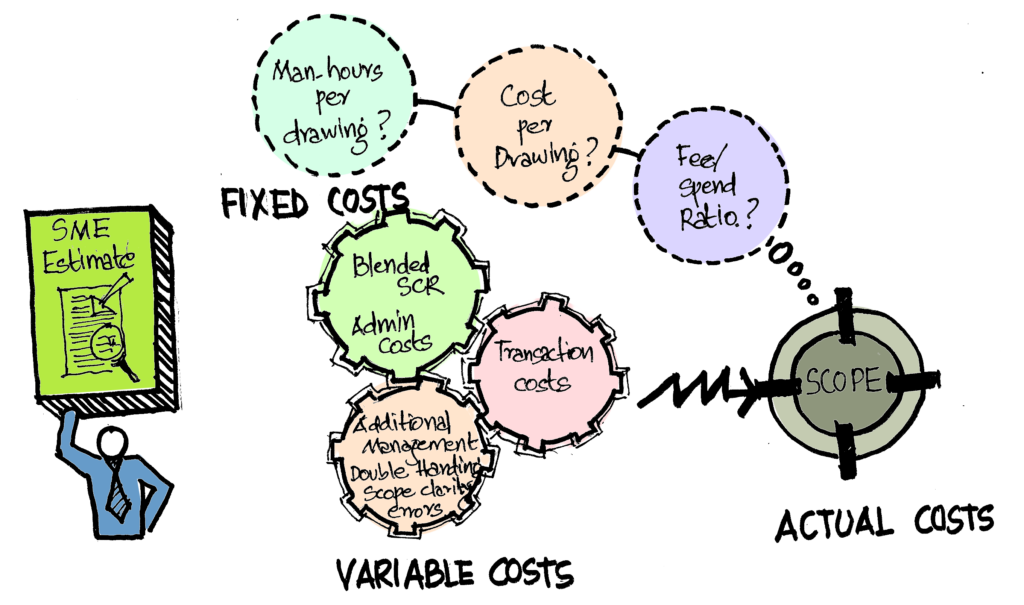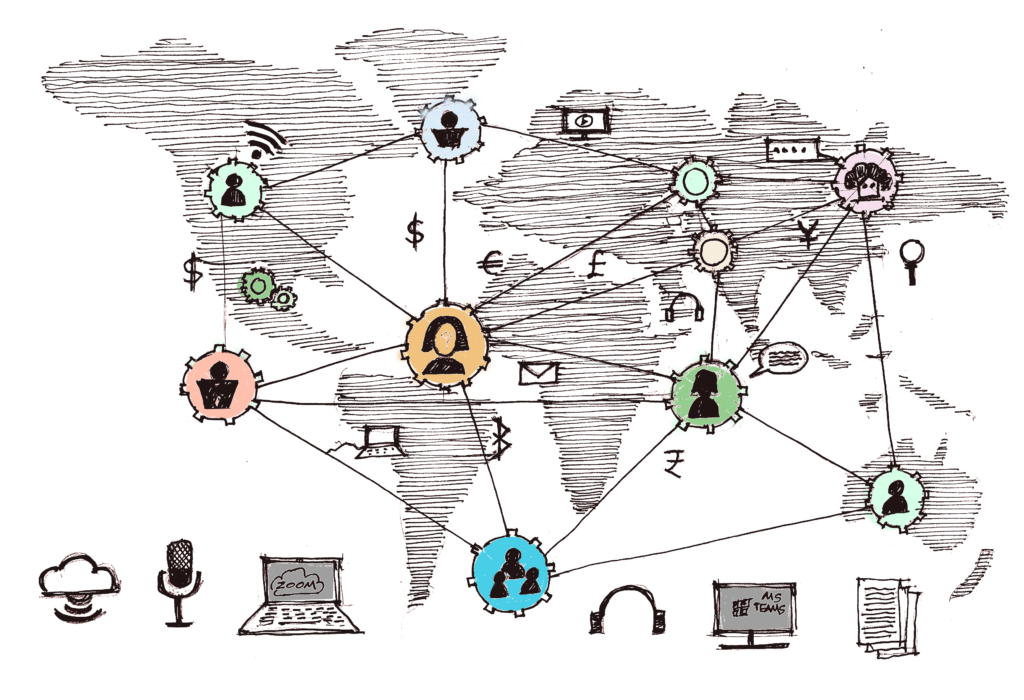We achieve reduction in engineering design costs by working under a framework that establishes common processes, streamlines activities through industry best practices diffused through collective knowledge by our experts and improves cost efficiency under a collaborative umbrella. Likewise we derive the latest view of the total cost and number of hours it takes to undertake each design phase of a project through a norm database of structured data build-up.
We have a clear pricing structure with a degree of flexibility so that the financial model can be changed over time based on reductions to transaction costs and design efficiencies. Thus under normal circumstances, our clients can expect high degree of cost certainty.
We don’t face location-specific risks such as the risk of availability or attraction of talent in a particular region or city, local responsiveness and risks associated with macroeconomic or political factors. We can engage a variety of technical regional or global experts and offer a curated fit-for-purpose team composition best suited for the relevant design area, based on subject expertise, skill & resource availability, technical complexity, design standards, time-scales, volume, and regional proximity. Favorable government policies towards platform businesses, our ability to achieve cost arbitrage through our unique model of peer-to-peer multi-lateral collaborative network, plus favourable resource endowments – all augmented by promotion of liberalized industry and globalization scenario make us more flexible and competitive to optimize design delivery across the different regions and sectors in the entire service value chain.
Think Engineering DesignTM offers added value without necessarily owning all of the assets, yet leveraging the economic value of our SME experience and skills. By creating a network of the best in the industry, we facilitate access to the most efficient integrated design to fit the requirements of our end users.
Our model endeavours to reduce costs by giving small businesses access to project delivery resources that would be expensive to develop on their own, with a purpose of overall cost advantage for our customers. Whereas fixed personnel costs represent about 50-70% of all fixed costs of the company in traditional engineering design consultancy firms, our customers can derive a proportional benefit on the staffing costs, as our business model has limited management and overhead costs. Thus we believe our model built on cohabitation and collaboration gives our partnership model more sustenance in the rapidly changing markets, and a robust competitive advantage.




